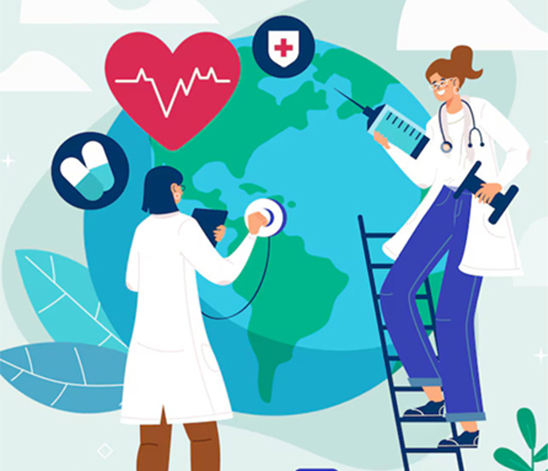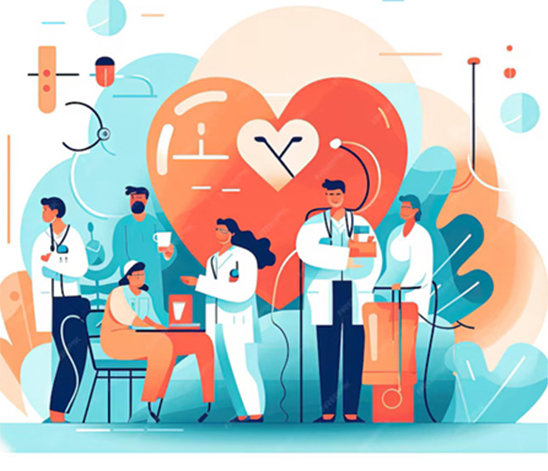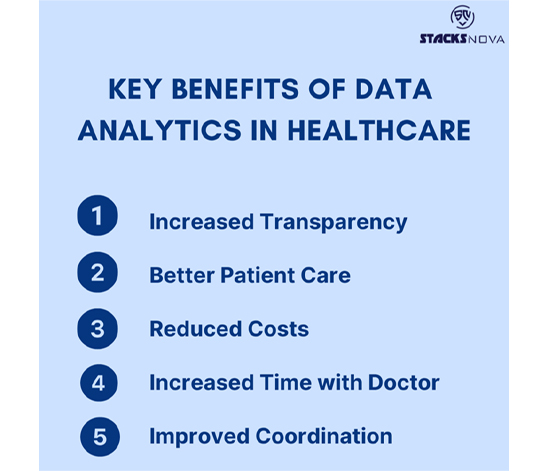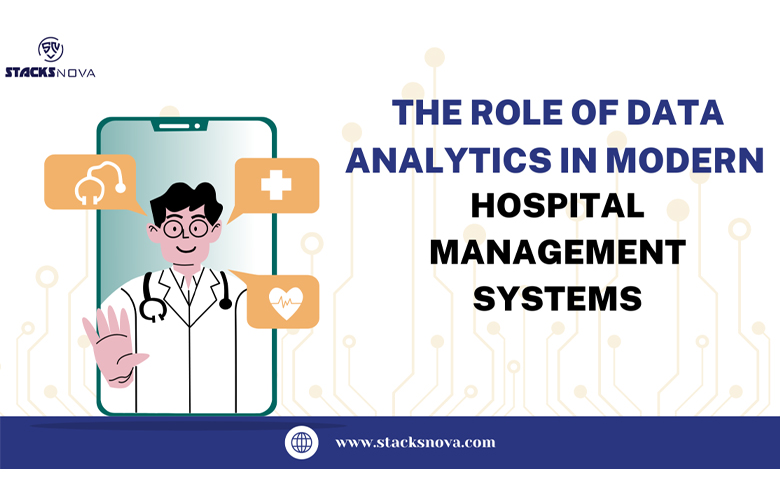






Fraud and Abuse Laws
- Health Insurance Portability and Accountability Act (HIPAA)
- Health Information Technology for Economic and Clinical Health Act (HITECH)
- Emergency Medical Treatment and Labor Act (EMTALA)
- Fraud and Abuse Laws
Healthcare Data Visualization Techniques
- Presenting medical and patient data in a visual style to support analysis and decision-making is known as data visualization for healthcare data. It is designed to make complex data streams simpler and is interactive.
- The healthcare sector is integrating data visualization to provide intricate medical statistics in an easy-to-understand graphical style. Healthcare practitioners can quickly get qualitative insights, trends, and patterns while making insightful deductions thanks to it.
-
Healthcare professionals can forecast and anticipate future trends and orientations by
using visualization approaches to comprehend current and historical trends. Representing
data and insights in a variety of ways is known as data visualization, and it includes:
- Charts
- Graphs
- Diagrams and flowcharts
- Tables
- Maps
- Infographics
- Dashboards
- Healthcare professionals now have a simple approach to recognize and comprehend data trends and patterns thanks to these visualization tools. Throughout the healthcare industry, visualization tools have been essential in helping providers make vital clinical choices on the health of their patients and the community. The healthcare facility can quickly analyze patterns by presenting raw data in graph form through a variety of visualization approaches.
Summary
Data analytics is transforming modern hospital management systems by providing valuable insights that enhance patient care, optimize operations, improve decision-making, and elevate the overall patient experience. By integrating advanced data analytics into HMS, healthcare facilities can achieve greater efficiency, ensure compliance, and ultimately deliver better healthcare outcomes. Embracing data analytics is no longer an option but a necessity for hospitals aiming to stay ahead in the competitive healthcare landscape.
